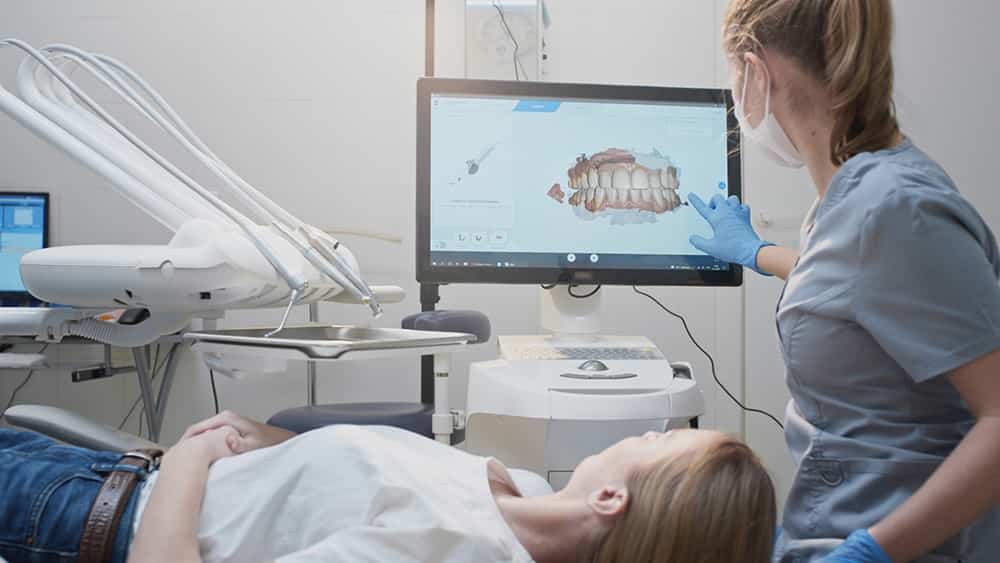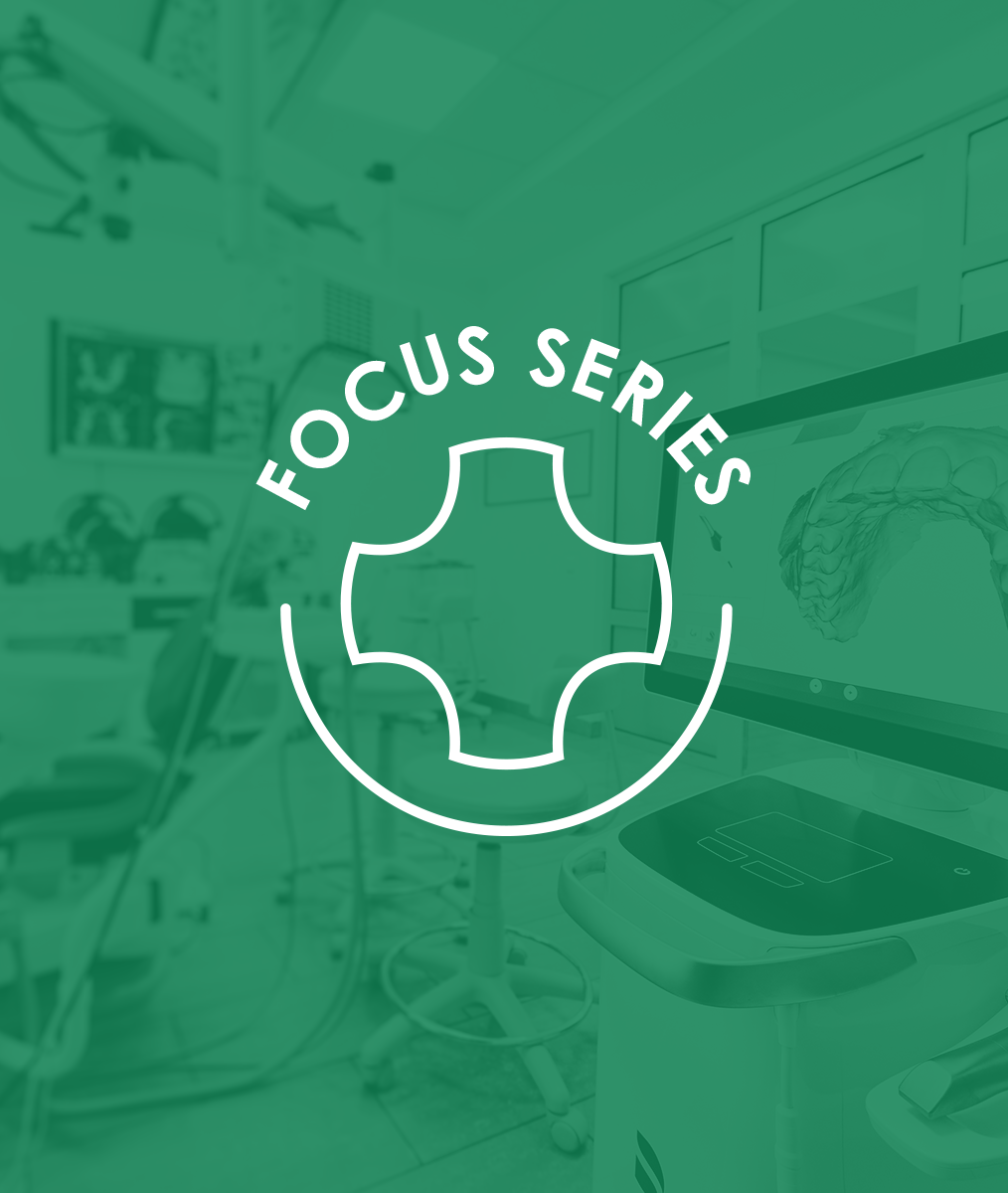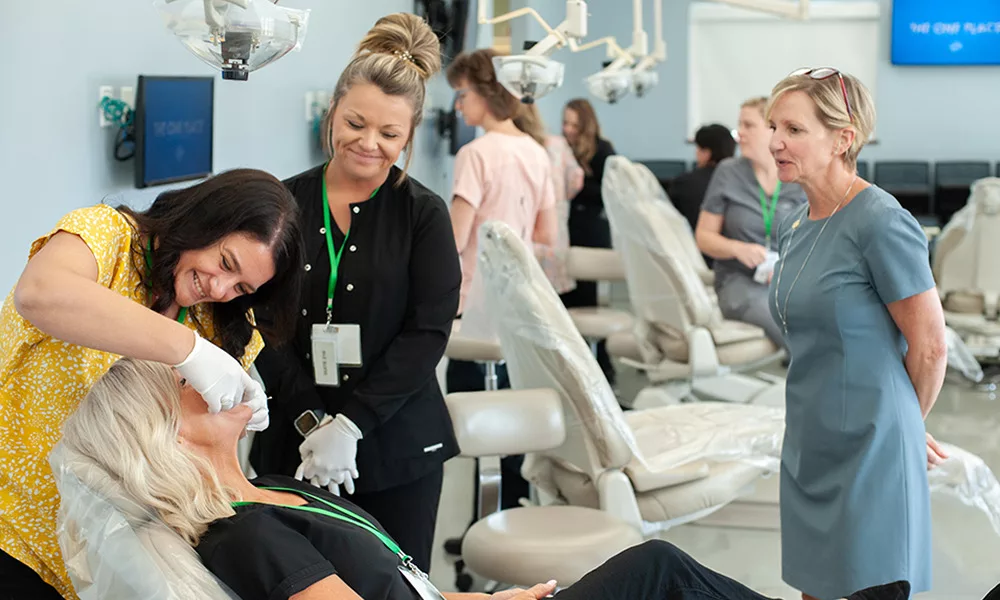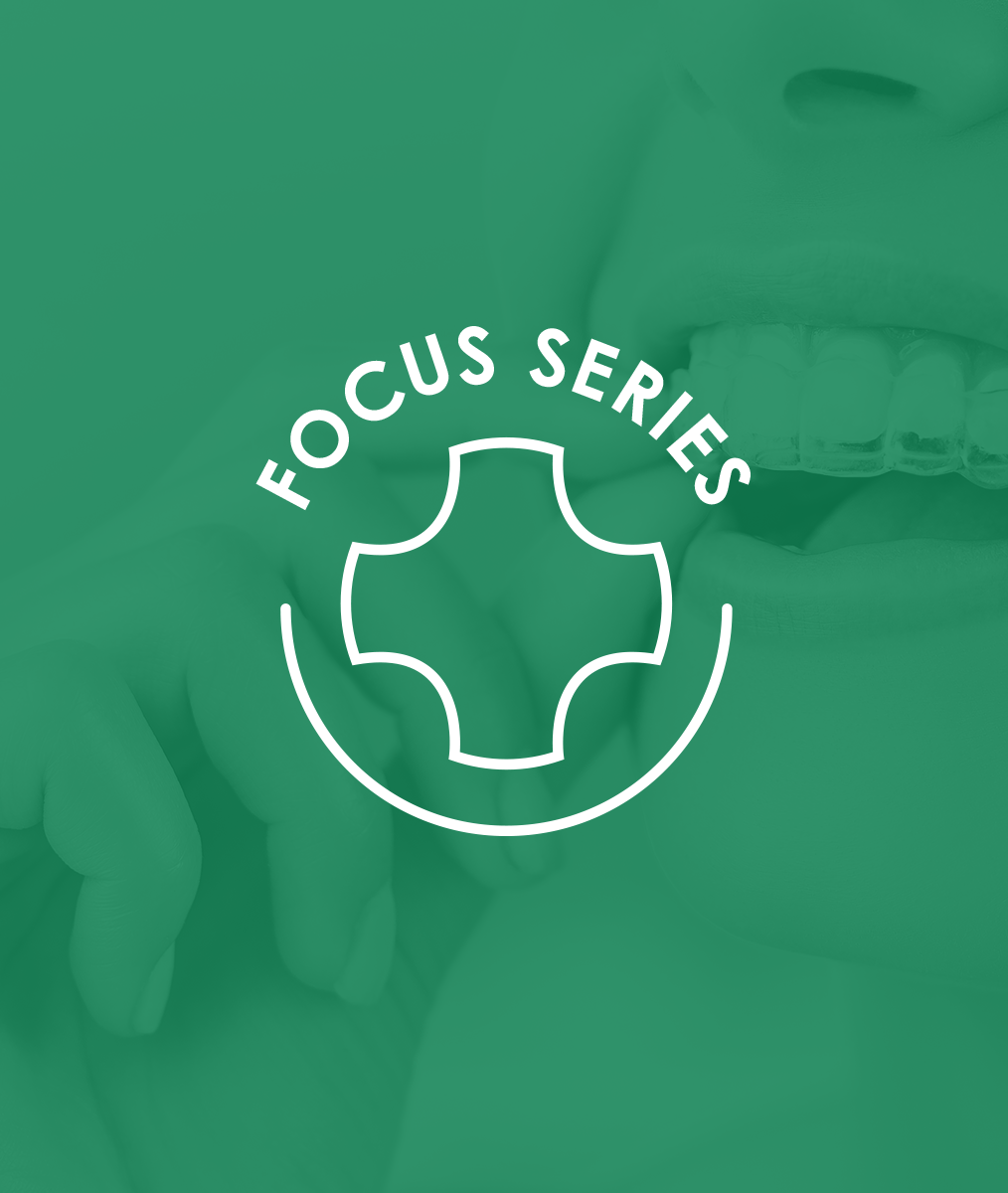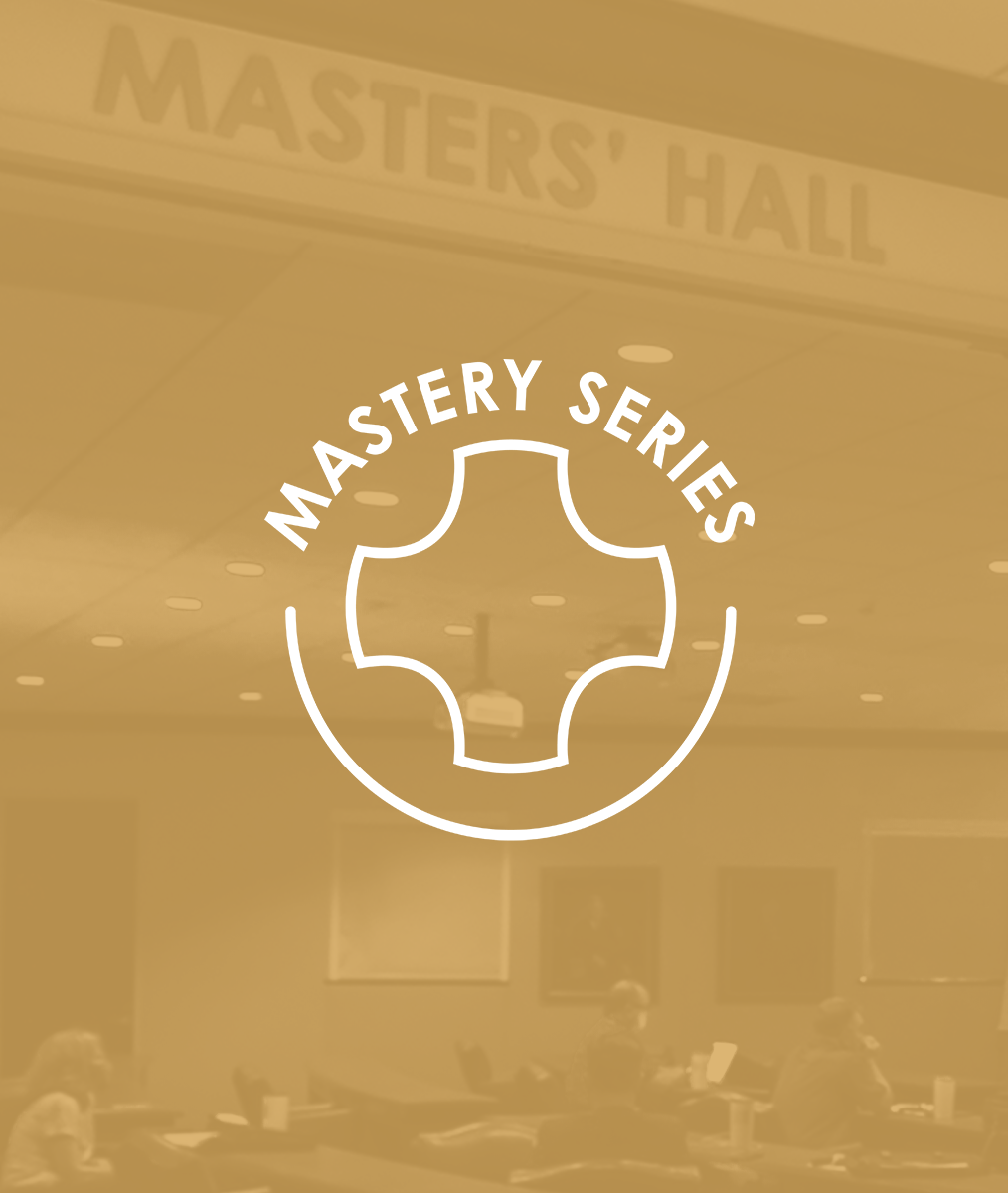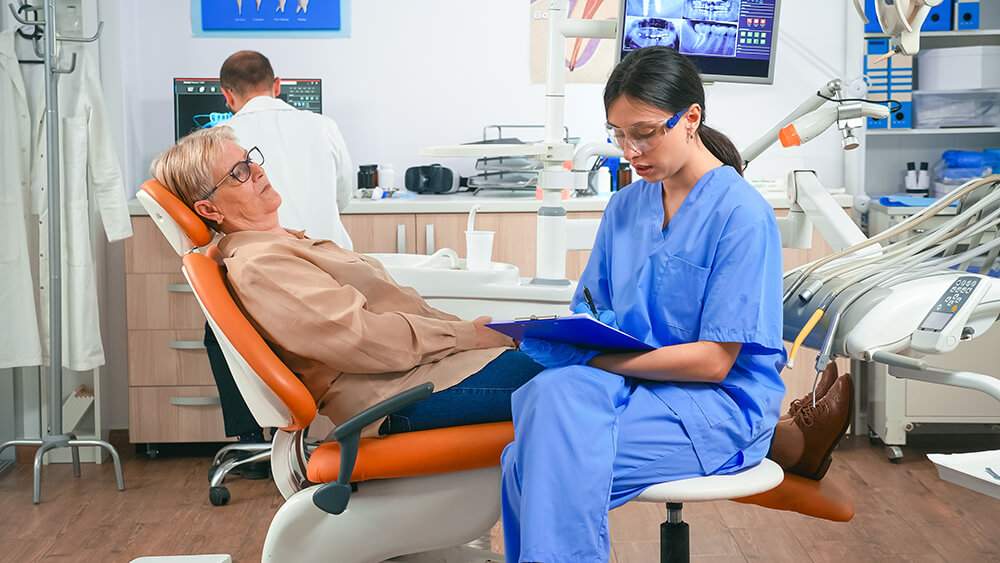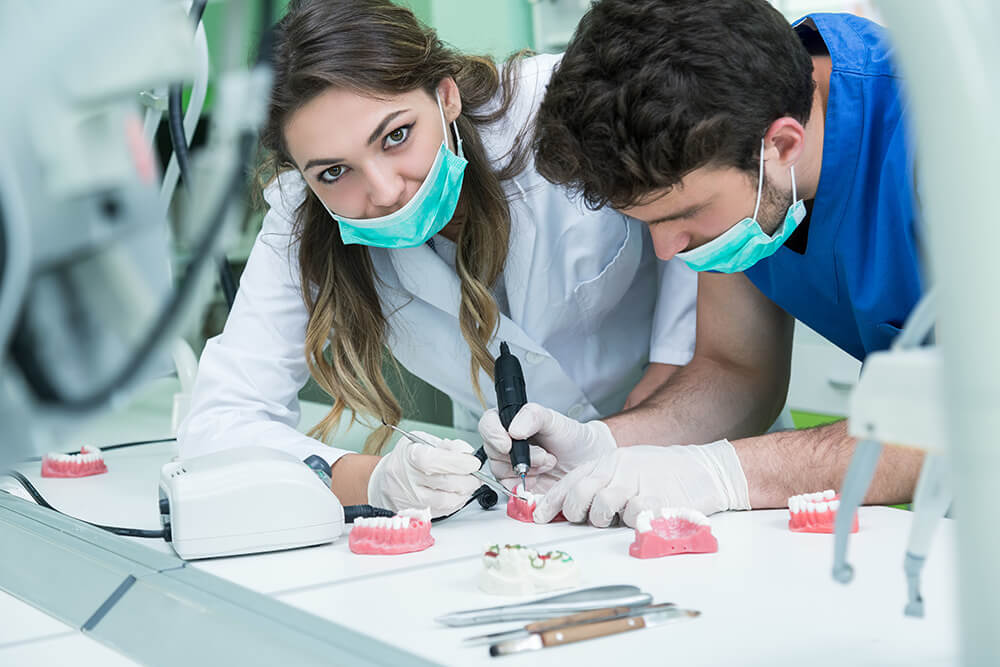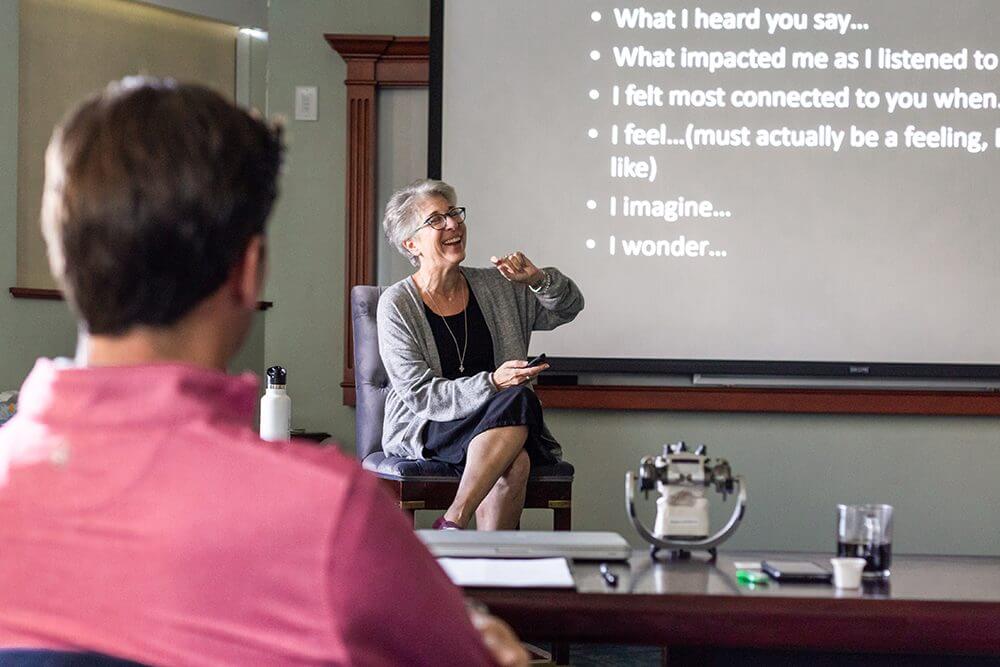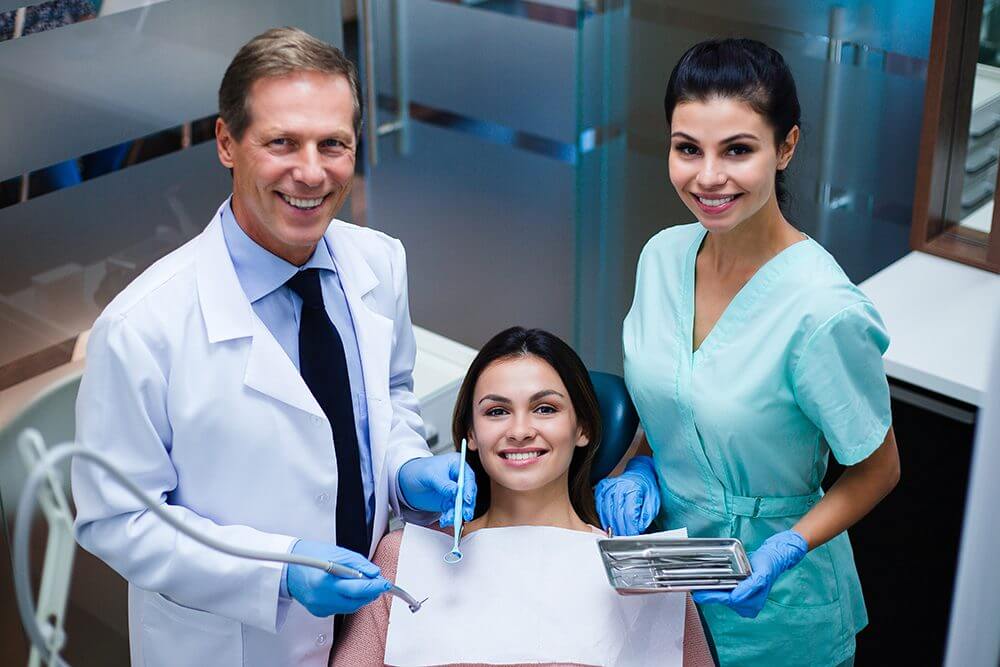Finding a Better Way
In recent years, dentists, physicians, and the public have become highly aware of the interrelationships among occlusion, oral inflammation, airway problems, and systemic health. As dentists, we’ve stretched our care domain to coordinate patient care across all settings of care. Often, we are dismayed at the growing prevalence of chronic diseases among our aging patients. We want to help improve their lives. We know of ways to do this.
To do our best for our patients, it does matter if the patient has diabetes, cardiovascular disease, sleep apnea, gastric reflux, or poor nutrition. It does matter if we want to be master problem solvers in collaboration with our medical colleagues. Looking for oral and systemic health interrelationships every day with every patient is a basic element of many dental practices. Collaboration with physicians is a basic element of my practice.
Has your approach to patient care extended into at least the first phase of integrative dental medicine? This is the phase of sincerely asking the Why questions and searching for solutions. While I was in practice with Dr. Pete Dawson, for 40 years, I heard him say, “We’re going to ask why about problems until we don’t have to ask why anymore.” He called this “finding a better way.”
The 3 Pillars of Integrative Dental Medicine
In 2019, Dr. Shanley Lestini and I published a book titled The Shift: The Dramatic Movement Toward Health Centered Dentistry. In this endeavor, we were fortunate to have the support and input of two of the world’s most preeminent clinicians and educators, Dr. Peter E. Dawson and Dr. Bradly Bale. It was our goal to influence dentists and medical physicians toward fostering solutions together for their mutual patients in three pillar areas of integrative dental medicine:
- TMD and Occlusion
- Inflammation & Infection
- Breathing and Sleep Disorders
Finding a Better Way Is Up to All of Us
My goal in this essay is to fuel your passion for operationalizing what we all know will make us better doctors – that which will enable us to be truly health-centered dentists. It comes down to relentless curiosity about the causes of diseases, the modalities for eliminating those causes, and how our best “individualized” efforts with a patient will have the greatest positive impact on the prevention, elimination, and management of health conditions that adversely affect their quality of life.
“We’re going to ask why about problems until we don’t have to ask why anymore.” – Peter E. Dawson, DDS
In this era of heightened awareness surrounding the intricate connections between oral health, overall wellness, and the growing prevalence of chronic diseases, we, as healthcare providers, find ourselves at a crossroads. It is our commitment to improve the lives of our patients that propels us forward. Embracing the principles of Integrative Dental Medicine (IDM) beckons us to explore the “Why” questions and seek innovative solutions. Don’t miss your chance to embark on a journey that redefines the boundaries of healthcare with the upcoming course “Integrative Dental Medicine: Creating Healthier Patients & Practices” – for more information visit the course page.
Related Course
Integrative Dental Medicine: Creating Healthier Patients & Practices
DATE: July 26 2024 @ 8:00 am - July 27 2024 @ 2:00 pmLocation: The Pankey Institute
CE HOURS: 14
Dentist Tuition: $ 2895
Single Occupancy with Ensuite Private Bath (per night): $ 290
We face a severe health crisis, that is a much larger pandemic than Covid19! Our western lifestyle affects periodontal & periapical oral disease, vascular disease, breathing disordered sleep, GERD, dental…
Learn More>
